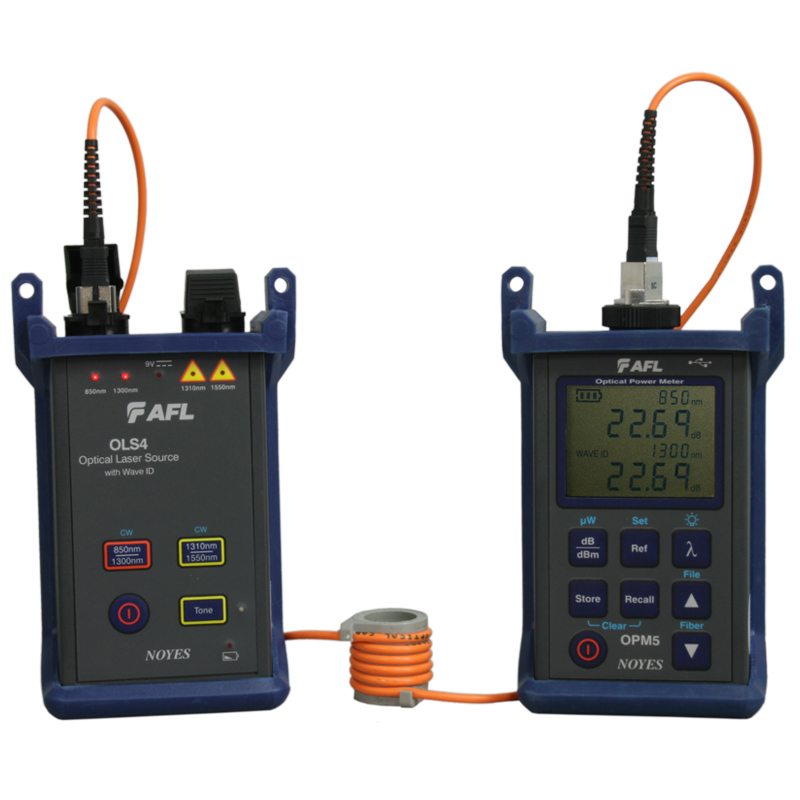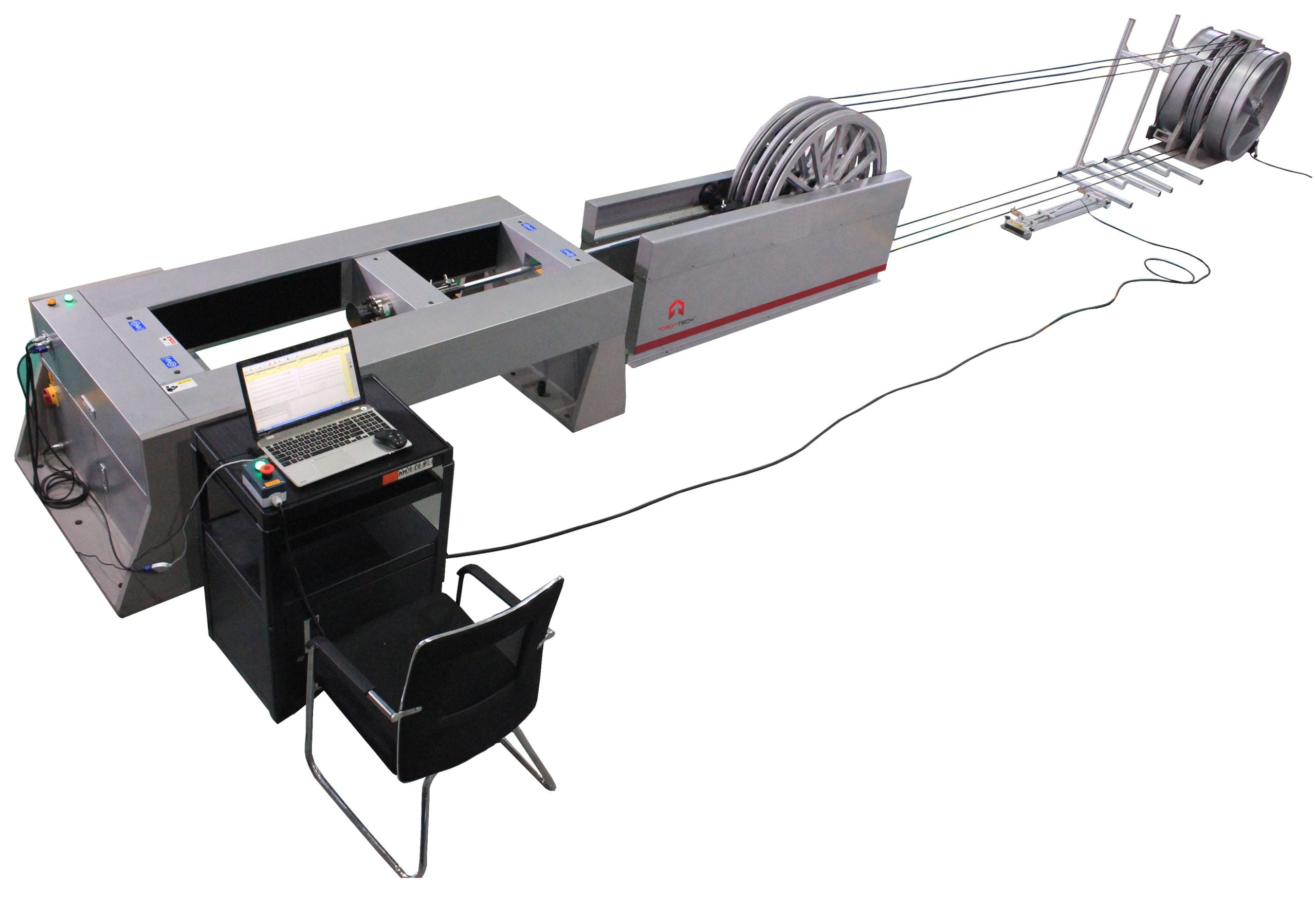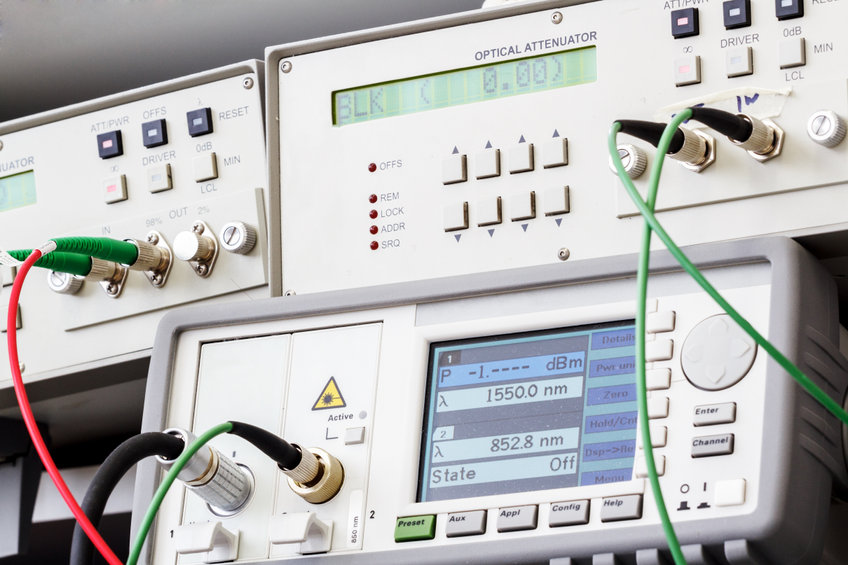Innovative robotic vision solutions enhance automation and precision.
Innovative robotic vision solutions enhance automation and precision.
Blog Article
Unveiling the Trick Utilizes of Optical Fibre Checking for Effective Data Transmission
In the world of modern communication, optical fibre screening emerges as an important technique for maximizing data transmission. Comprehending the complex applications of optical fibre testing welcomes a much deeper expedition right into its critical function in shaping the future of information interaction.

Significance of Optical Fiber Testing
The importance of optical fiber screening can not be overstated, as it serves as a vital element in making certain the reliability and effectiveness of information transmission systems. In a period where high-speed interaction is extremely important, any type of deficiencies in fiber optics can result in substantial information loss and decreased performance. Extensive testing protocols are necessary to verify the honesty and performance of optical cable televisions.
Testing enables the identification of flaws such as micro-bends, macrobends, and splice losses that could hinder signal high quality. It provides understandings into the overall attenuation and transmission capacity capacities of the fibre, making sure that the network satisfies particular functional standards. Routine screening not only enhances system efficiency however additionally prolongs the life-span of the framework by identifying potential concerns before they rise right into costly failings.

Kinds Of Optical Fibre Examinations
Different kinds of optical fiber examinations are carried out to guarantee the performance and integrity of fibre optic networks. These tests can be classified right into numerous crucial kinds, each offering a specific purpose in examining the integrity of the fiber.
First, Optical Time Domain Name Reflectometry (OTDR) is a famous test that determines faults, mates, and ports within the fiber. By sending out pulses of light and assessing the mirrored signals, professionals can identify problems along the fiber's length.
2nd, insertion loss examinations assess the amount of signal loss when light passes with connectors or splices, which is important for preserving network performance.
Third, return loss examinations determine the quantity of light mirrored back towards the source, supplying insights right into the high quality of links and possible sources of interference.
Furthermore, continuity examinations ensure that the fiber path is full, enabling specialists to validate that the fibre is intact with no breaks. robotic vision.
Finally, aesthetic mistake locators make use of noticeable light to recognize breaks or extreme bends in the fibre, helping in quick troubleshooting. Collectively, these examinations develop a thorough approach to preserving ideal performance in fiber optic networks.

Applications in Network Maintenance
In contemporary telecoms, effective network upkeep relies greatly on optical fibre screening to recognize and correct problems immediately. Normal screening makes sure that the network runs at optimum efficiency levels, decreasing downtime and boosting user experience.
One of the primary applications of optical fibre screening in maintenance is the discovery of mistakes, such as breaks, flexes, or improper connections. Strategies like Optical Time Domain Reflectometry (OTDR) permit technicians to locate these concerns accurately and evaluate the quality of the fiber web link. Additionally, loss testing verifies the honesty of the optical path, making sure that signal depletion stays within acceptable limits.
Regular maintenance testing additionally assists in safety nets, recognizing potential issues before they rise into substantial failures. This proactive strategy can conserve organizations both time and funds. Furthermore, throughout upgrades or expansions, optical fibre testing makes certain that brand-new installments incorporate flawlessly with existing infrastructure.
Enhancing Information Transmission Dependability
Reliable network maintenance with optical fibre testing not just addresses prompt concerns however additionally plays a substantial role in improving information transmission dependability. By determining mistakes, gauging signal loss, and analyzing the total problem of fibre optic cords, screening makes certain that possible problems are rectified before they intensify into considerable disruptions.
Regular optical fibre testing, such as time-domain reflectometry (TDR) and optical time-domain reflectometry (OTDR), enables technicians to pinpoint the advice specific places of breaks, bends, or port concerns within the network. This positive useful reference method not only reduces downtime but also maximizes the performance of information transmission by guaranteeing that the pathways for signals are clear and working successfully.
Furthermore, screening help in verifying adherence to industry criteria and specifications, which is crucial for preserving the integrity of information flow. By making certain that each link satisfies called for limits for loss and quality, companies can bolster their self-confidence in the reliability of their data networks.
Ultimately, investing in thorough optical fibre testing not only boosts information transmission integrity yet additionally sustains the long-lasting functional efficiency of interaction frameworks.
Future Trends in Fiber Testing
Emerging modern technologies are positioned to transform fibre testing, leading the way for enhanced performance and accuracy in data transmission diagnostics (optical fibre diameter analyser). As the demand for faster web and greater bandwidth remains to increase, the assimilation of innovative tools such as expert system (AI) and artificial intelligence (ML) is readied to change conventional fiber screening techniques. These modern technologies will certainly enable anticipating upkeep and automated fault discovery, dramatically minimizing downtime and enhancing network reliability
Furthermore, the adoption of Web of Points (IoT) gadgets will promote real-time surveillance of fiber networks, permitting prompt recognition of performance concerns. This change towards positive monitoring will certainly lessen disruptions and optimize information flow.
In addition, technologies in optical time-domain reflectometry (OTDR) and new testing standards will improve the accuracy of measurements, making sure that data stability is preserved throughout the transmission process. The introduction of 5G modern technology additionally demands the development of much more sophisticated fibre screening techniques to sustain its high-speed demands.
Final Thought
To conclude, optical fiber testing is necessary for preserving reliable data transmission within communication networks. By employing different testing methods, such as OTDR and insertion loss tests, prospective faults can be recognized and fixed, consequently boosting signal clearness and minimizing downtime. Normal testing not only guarantees conformity with industry standards but additionally helps with positive maintenance, eventually adding to the long-term integrity and use this link performance of fiber optic systems. The continued evolution of testing approaches will additionally bolster these capabilities in the future.
Report this page